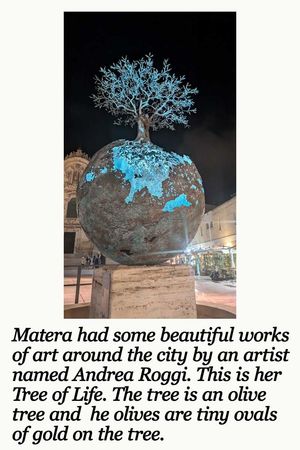36 Blog Post Thursday, October 10, 2024
As always, prayers first for all those who were in the path of Milton or the tornadoes that touched down, those who lost power, lack clean water or a safe place to stay—we pray for you and hope that help is available as you need it. I followed the storm all during the night last night, thinking of loved ones or simply of the millions of people who were in the path of destruction. A friend told me that her mother, who has dementia, becomes terribly agitated and anxious—understandably! So we also pray for all those who do not fully grasp the situation, but who are deeply affected by it—children, the chronically ill, those who are mentally unwell. May God—and help!—be with you all.
--------------------------------------------------
My trip to Laurenzana kind of stopped me in my tracks and I needed a day to become fully present in our new place—Matera, a cave-dwelling community in the south-central part of Italy was absolutely the most unique place we have visited so far, and definitely the most unique we have stayed in because, as I mentioned the other day, we stayed in an actual cave that has been restored to become a hotel room.
Matera is the third oldest continuously inhabited city in the WORLD and has been declared a UNESCO World Heritage site. In 2019 it was declared the Cultural City of the year by UNESCO, a huge honor for the small city. It was first populated during the Neolithic age, approximately 12,000 years ago, and it was a pre-historic settlement, meaning that we do not have historic records of the time. We know that the original cave dwelling people used instruments to farm and to hunt, however, but only the archeology of the area tells us the story from that far back. More recently it has been used as the backdrop for familiar movies like “The Passion of the Christ” (Mel Gibson) and the James Bond movie “A Time to Die” (look for the chase scene in the opening credits). It looks like all the pictures of the Holy Land that you might see on a stylized Christmas card.
To see a recent CBS news video about the city, click here: https://www.cbsnews.com/video/modern-living-in-the-ancient-caves-of-matera-italy/
The city is literally carved out of the rock on a hill above the ravine. The area we visited is called Barisano (Rock dwellings that faced the direction of the city of Bari) or Caveosa (Cave dwellings, churches carved from the rock on the opposite side of the ravine). We visited both areas. We also learned some new words—rupestrian (composed or inscribed on rocks) and troglodyte (cave dweller).
We can ask lots of questions about tourism like this—paying to stay in modernized caves that romanticize an incredibly difficult way of life. At one point I said to Alistair: “Do you realize that 13 or 14 people might have lived in this space with their mules and other animals?” Meanwhile, the sprawl of the Big Suitcase was all over the room—shoes, clothing, lotions, hair driyer….so is the area being exploited for the sake of tourism? To some extent, yes. Does this type of tourism make it less possible for the native population to live there? No. That story had its own trajectory in the 1950’s – 60’s.
The story of the Sassi (the people who most recently lived in the caves. Sassi is the plural of sasso. Sasso means ‘stone’ in Italian) is a hard story about a community of people who were completely disconnected from contemporary culture, and who lived in awful conditions with their animals and their families in the same space. One family, with 11 children and a mule, lived in a cave hewn out of the soft rock that was 60 square feet. Without electricity or sewage, the people lived in great difficulty, and in danger of serious illness. Children slept with their parents, or under the bed on the floor, which was cold all the time, or anywhere that there was room. Unfortunately, or fortunately, depending on the way you see the situation, the native Sassi people were nearly all relocated at that time.
In the 1950’s the Italian Government decided to build new housing for the Sassi and to forcibly remove them from their cave dwellings. While the housing was good, the job situation was not. Uneducated and unprepared, the Sassi found it difficult to integrate into what might be considered a ‘normal’ life. Their cave dwellings were publicly called ‘the Shame of Italy’ in the 1950’s because of the suffering of the children, particularly. Carlo Levi, an Italian journalist, visited the caves and was instrumental in bringing the challenges of the Sassi to light. He wrote this: “The caves have no opening except the doorway and some are entered by ladders from above. Inside are miserable furnishings with dogs, sheep, goats and pigs lying on the floors. Each family has just one cave and they sleep altogether with the animals. In the heat, with clouds of dust and flies, children sprang out everywhere, many completely naked. I saw children with eyes half-closed; eyelids red and swollen. They had trachoma. I met children with faces wrinkled like old people and bones showing from hunger."
Even with that description, I want to be careful because it brands an entire people group. The forcible movement of the people stole many things from them—familiarity, community, employment, and especially identity. We often know best who we are by where we come from. The Sassi became ashamed of their background and often hid their heritage from future generations. For me that has deep sadness in it, as I just discovered my own home village and ancestry.
But in the late 1960’s local business people began to buy these properties from the government and they made the decision to try and make use of them as they were, with modern improvements. The Matera we visited yesterday and today is really the result of that idea, which was shared by many people. More modern stone facades were added to some of the caves, but the caves themselves were able to remain much the same, kind of like our hotel room. One writer described it this way: “Originally a collection of caves in the Paleolithic Age, over time people added to the fronts of the caves, creating ‘spontaneous architecture’, where there is no plan or blueprint, but rather people build where they can and one person’s ceiling becomes a neighbour’s floor and graveyards get built on church rooftops.” Alistair calls it ‘chaotic design’ and it was difficult to find our way through the narrow marble-paved streets.
Unsure of what to see and overwhelmed by the scope, Alistair and I set out on foot, as always, and once again we spent a lot of time doing stairs—it’s a city built on a hill, right? Some of the best information came from exhibits in some of the caves that were inhabited and are still within the city—the Noha House gave us an excellent picture of life in a cave, based on a couple that donated their cave home only a decade ago. The best was the Casa Grotto, which was an actual cave-home for a family of 13, who had lived there, and an extensive movie (subtitled in English) that really gave us a deep understanding of the culture and history.
Knowing this is long—what were the notable things beyong the extraordinary architecture?
Church and water. Churches were always among the foundations of the earliest settlements as monks escaped persecution and moved to the caves for protection. Below you will see a 12th century church carved completely underground, the Church of St. Agnes. It took us about 30 minutes just to get to the church carved into the side of the Ravine. As these are historic sites, unless you are on an official tour, you cannot access them. But I took pictures of the altar fresco through the barred doors. Another astonishing church is the Church of St. Mary of Idris. Idris means ‘way of water’. (Note: I grew up in a church called Our Lady of the Lake, so this is especially interesting to me.) St. Mary of Idris seems to organically generate from amidst the rocks at the top of Matera, and can be difficult to see for that reason. Inside the church, beautiful frescoes, typical of the rock churches, were painted on the stone surfaces, niches for storage were carved rather than having furnishings, and the windowless environments felt strange, even oppressive to me. Candles and lanterns would have been needed at any time of day when these churches were in use.
Water is the foundation of any civilization’s ability to thrive, and Matera has a series of unique cisterns to collect water for the use of the village. Even on the hillsides around the village, we saw small cisterns near cave homes. However, Alistair and I toured an underground cistern that could contain up to 5 million liters of potable water—originally carved by human sweat equity in the 16th century as cave dwellings, and then connected and enlarged in the late 1800’s to serve the entire city. (Pics below--Alistair also wants me to mention that they created a coating on the surface of the entire cistern that was waterproof so the rock did not degrade or pollute the water.)
Home--roots and wings. I think this is the BIG message of the week for me, combining my own discoveries with this rock city of Matera. I often use that phrase when I refer to our faith foundations—you may have sung a song “Jesus is the Rock of our Foundation”. For many cities, especially in Italy, the church is the foundation, is the home. Standing at the door of the church in Laurenzana, I recognized the deep roots of faith that bound people to a place, but also the relationships, flavors, language and homes that do the same things.
Those of you reading this are fortunate, including me! We have the ability to choose our homes, and even our families to a certain extent. ‘Chosen family’ is a contemporary idea that describes our ability to reject family of origin if those memories are too painful, and to choose families of friends who embrace us, love us, welcome us as we are. Our churches can provide those relationships as well. I have always said that my first identity is that I am a child of God. That is my generic family of origin. My beloved extended family is my specific family of origin--brothers, sisters, nieces, nephews. Both families have led me around the world on this incredible pilgrimage of ancestry and faith.
The Sassi, and many other people groups, did not have this ability in Matera. They knew who they were by where they were. They didn’t need to do DNA tests or ancestry trees. They were sequestered from the general population of Italy, and their personalities and jobs were determined by place, by relationship and often by the rock churches (rupestrian churches) they attended.
I will end here, but I write this late in the morning on October 11th, sitting in an apartment in Monopoli, on the east coast of Italy. We are fully ensconced in someone else’s neighborhood even though this is a popular tourist destination because we are staying in an apartment in the heart of the Old City. I’ll write more about that later.
Pray for us! I have once again succumbed to some type of respiratory illness that tires me out, and Alistair’s son arrives to stay with us next week. I would like to be well when he gets here and so we can continue to explore this place by the sea where we are staying.
As I finish, the bells around Monopoli ring, reminding us of the presence of church, of faith and of the way God helps us measure our days in both sunlight and church bells. So many blessings. Remember the movie "It's a Wonderful Life"? Clarence says every time a bell rings, an angel gets its wings? Maybe a better way to hear these bells for me is to be reminded of my blessings every time the bells ring. I'm going to try and do that this week.
Bells and sunshine to all of you,
ML+
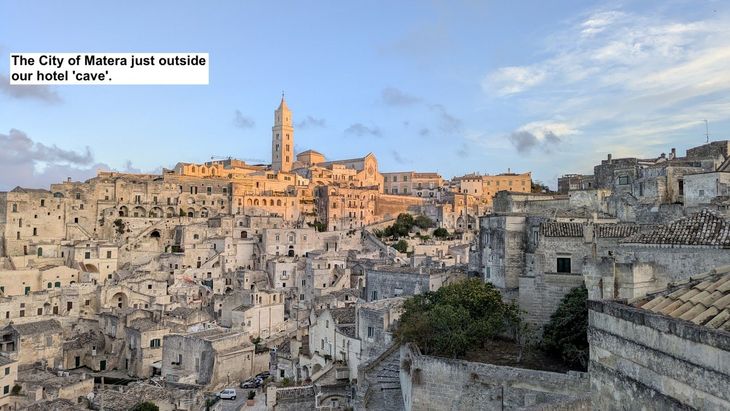
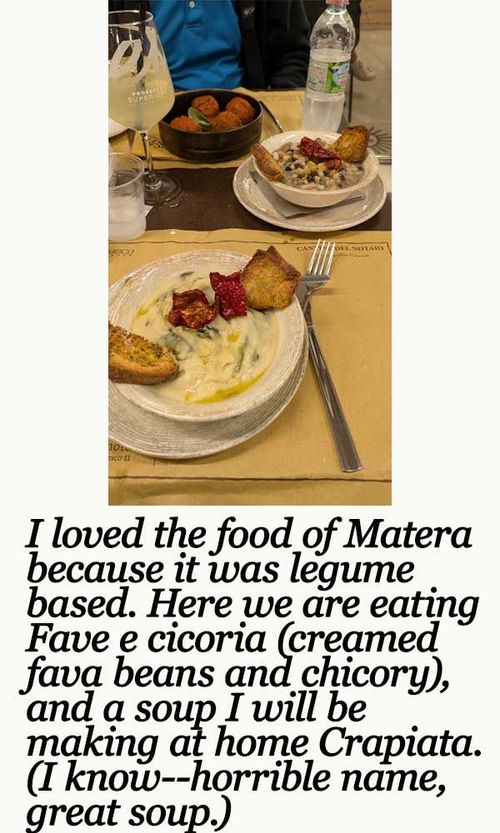
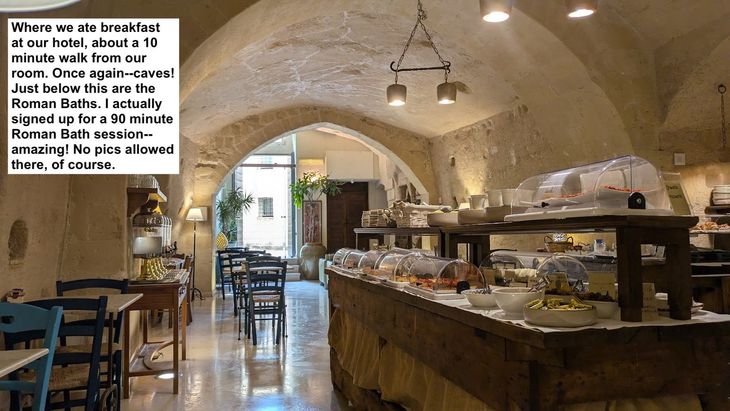
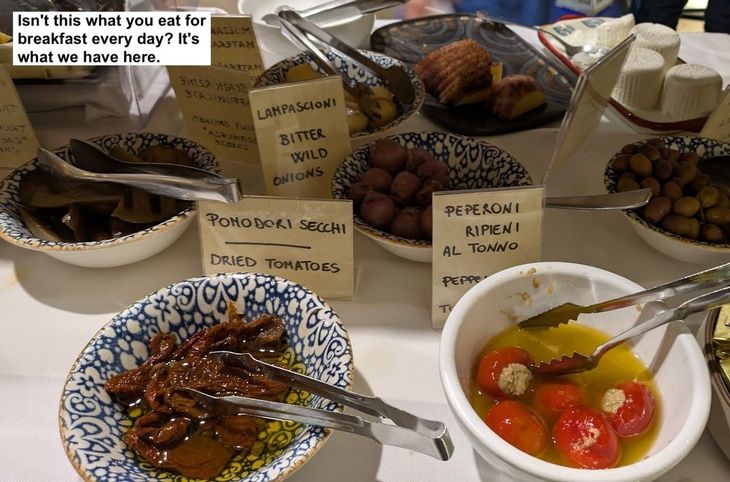
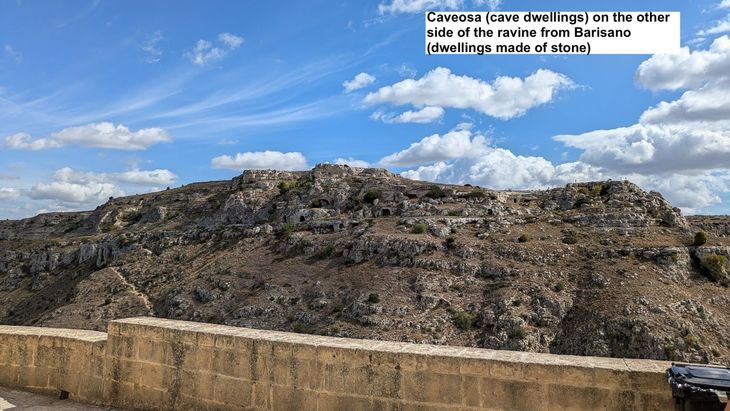
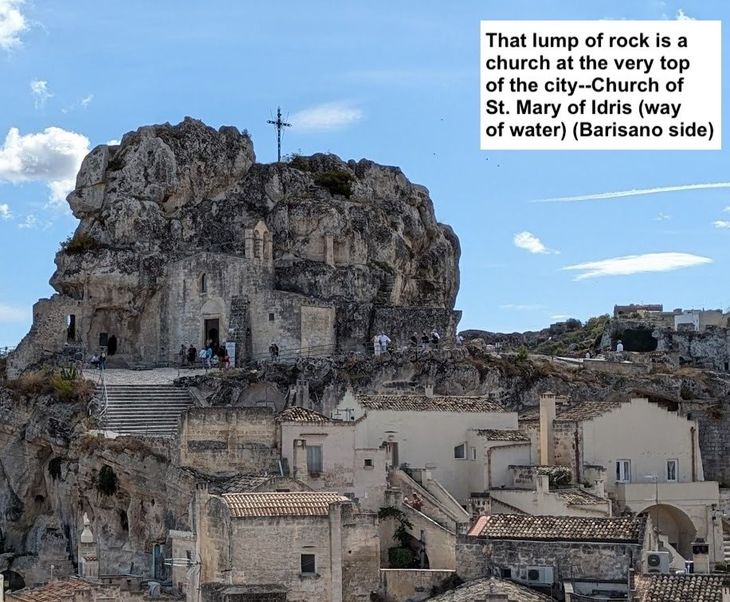
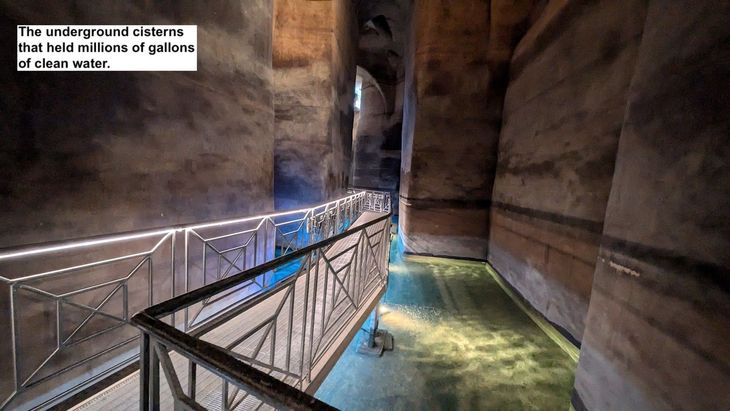
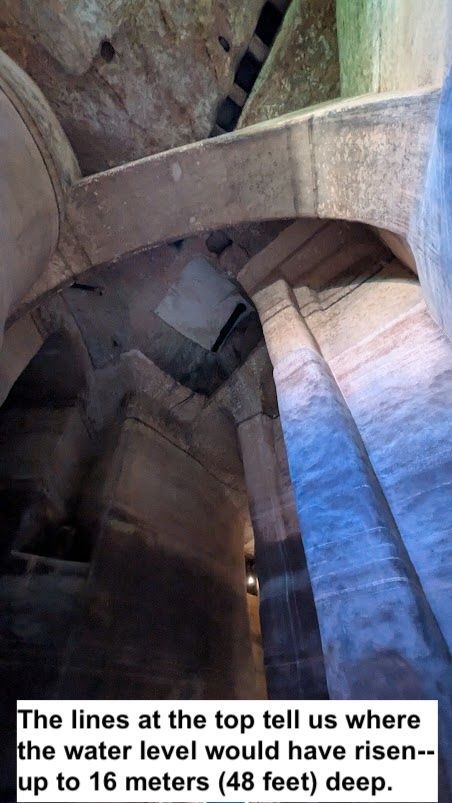
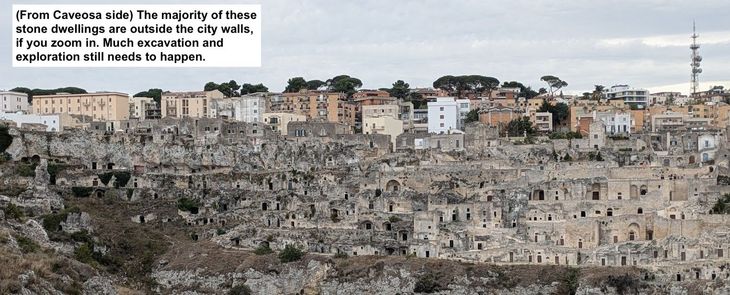
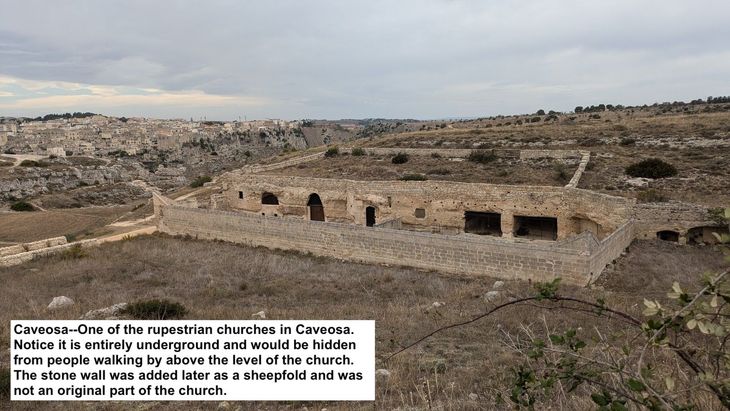
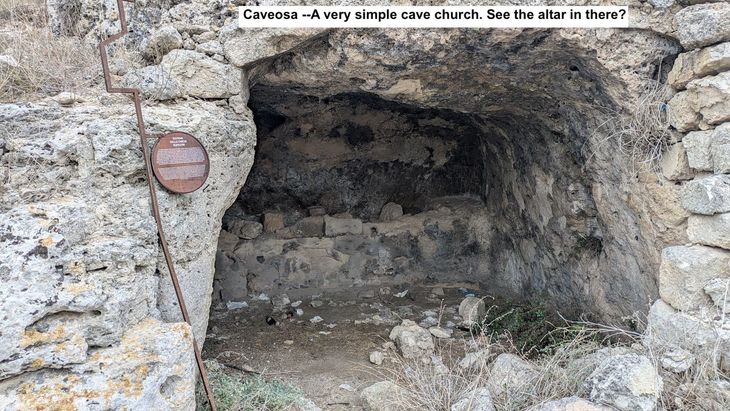
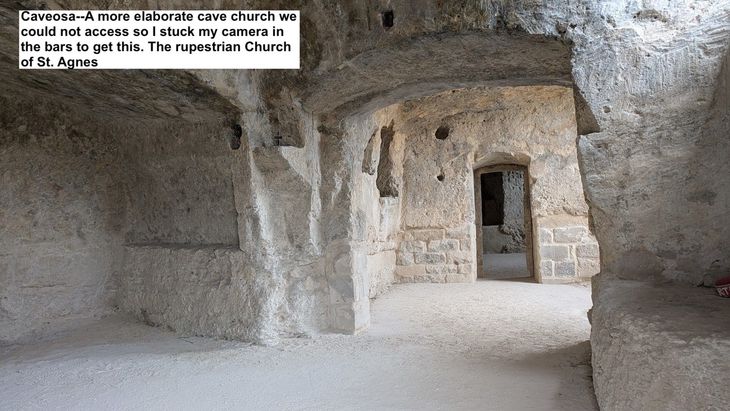
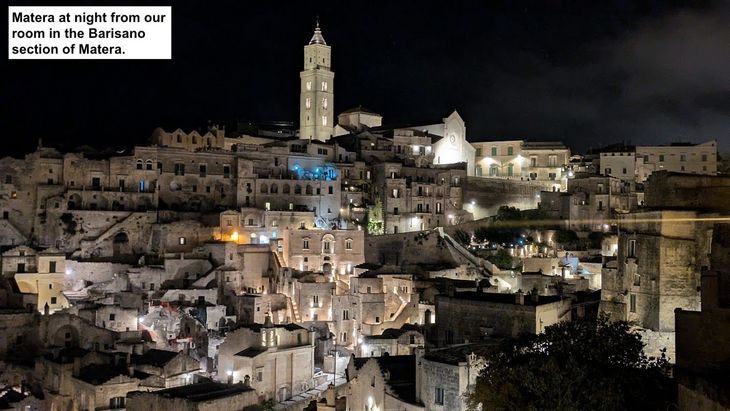
Blog Post 36
October 10, 2024, 12:00 PM
Post a Comment

